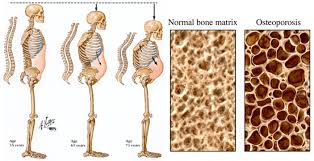Percutaneous vertebroplasty is a minimally invasive procedure that uses a bone needle to access a partially collapsed vertebral body and inject bone cement, in order to relieve pain, as well as stabilize and reinforce the remaining bone structure. This procedure, whose initial use was the intervention of aggressive hemangiomas, is currently used for the treatment of compressive vertebral fractures secondary to osteoporosis, lymphomas, myeloma and osteolytic metastases refractory to other therapeutic procedures. It has been reported that the described procedure is useful to improve mobilization and decrease and even discontinue the use of analgesics, thus improving the quality of life of people suffering from any of these entities. Although it is not a non-free complications procedure, the adequate selection of candidates and a refined surgical technique could optimize the benefits, with respect to the possible risks of its application.
Complications
Significant complications occur in less than 3% of patients treated for compression fractures secondary to osteoporosis and in less than 10% of patients treated for neoplastic involvement. Most reported complications are minor and transient.
Intraoperative complications include hypotension as an effect of PMMA monomer absorption.
One of the most serious complications is the pulmonary embolism that occurs due to the migration of the cement through the paraspinal veins. Many of these complications have occurred in various circumstances: when continuous fluoroscopic monitoring is not performed during cement injection; when the injection is made at the geographic center of the vertebral body; or when the cement has a very liquid consistency during its infusion.
Another complication, rarely seen during a vertebroplasty procedure, is PMMA toxicity; this is one of the reasons why it is recommended not to deal with more than three levels in a single session.
Depending on the severity of the complications, they may not require any specific management (as in the case of asymptomatic leaks to the disc space), or on the contrary, have serious sequelae and even death.



















